Scottish Highlands
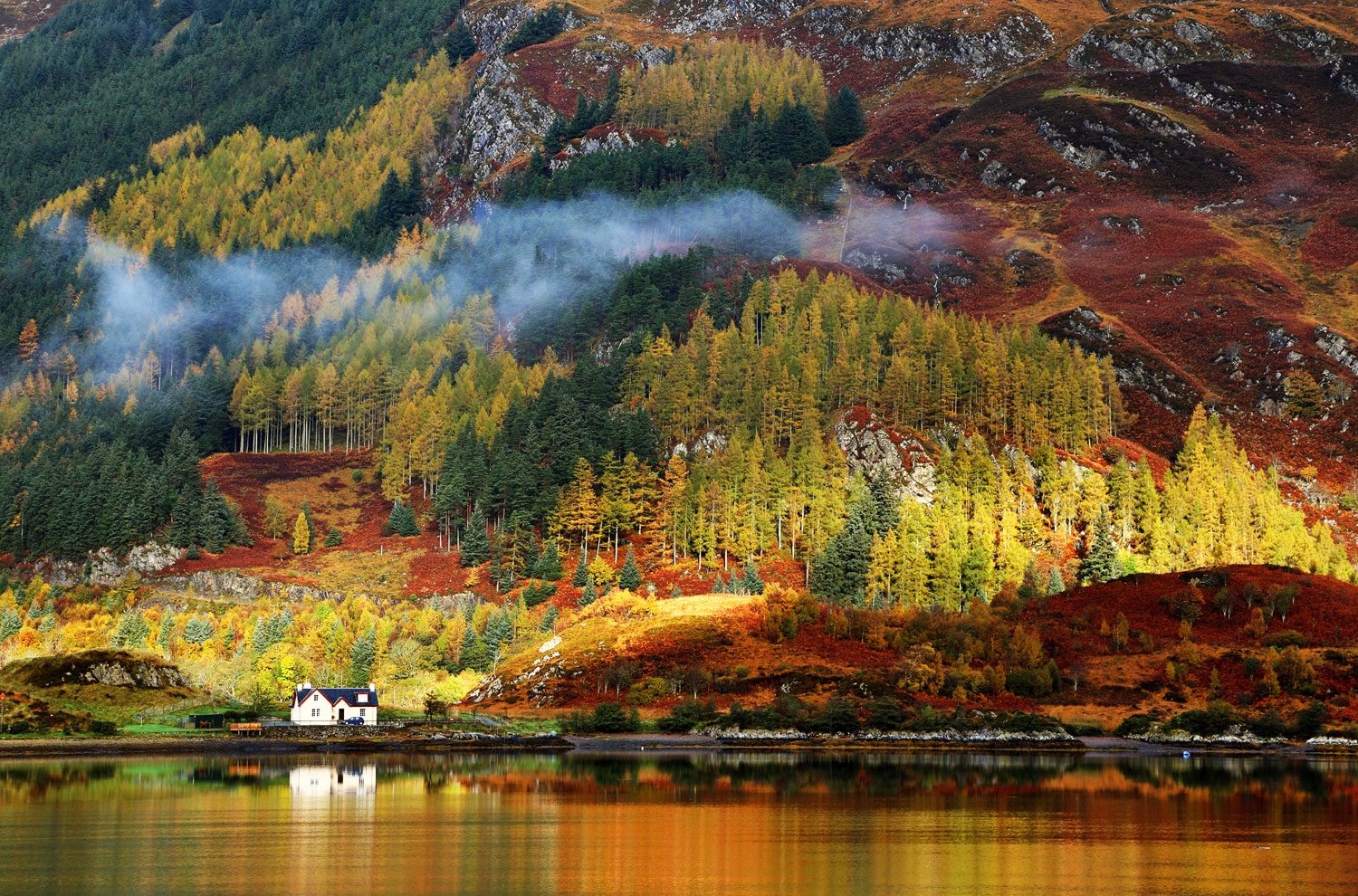
When to Go

Air Travel
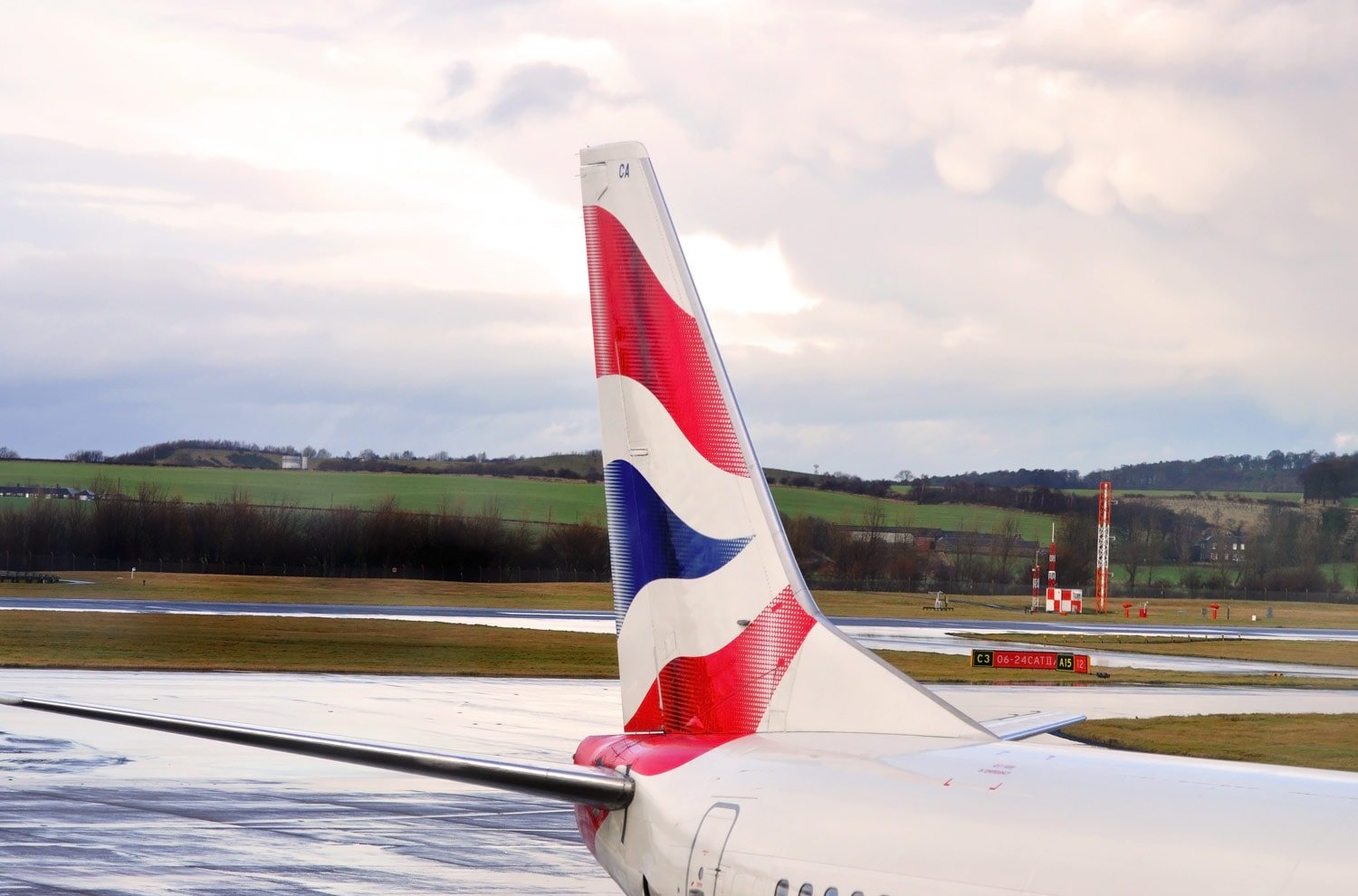
Train Travel
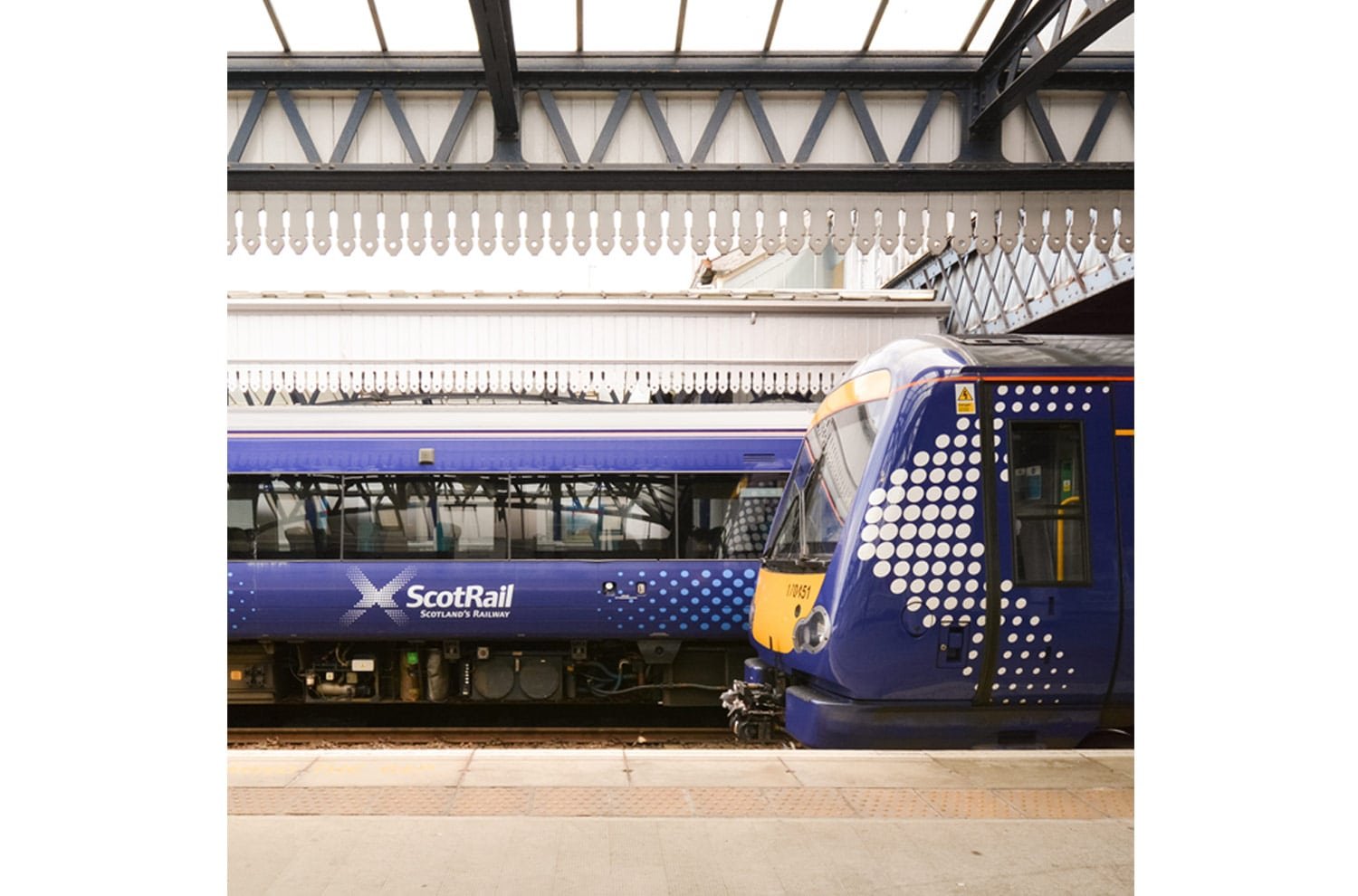
There are multiple trips offered daily to Inverness by First ScotRail from Glasgow and Edinburgh via Perth and via Aberdeen from Edinburgh. From Glasgow’s Queen Street station, you can travel to Oban, Fort William and Mallaig by the West Highland Railway. The overnight service Caledonian Sleeper runs from London’s Euston station to / from Fort William and Inverness through Edinburgh. This is a very popular train with tourists and if you wish to travel by it, advance booking is recommended. If you are using the seated carriage to reach Fort William, then the journey involves a change of carriage at Edinburgh Waverley.
NORTHERN HIGHLANDS AND THE WESTERN ISLES
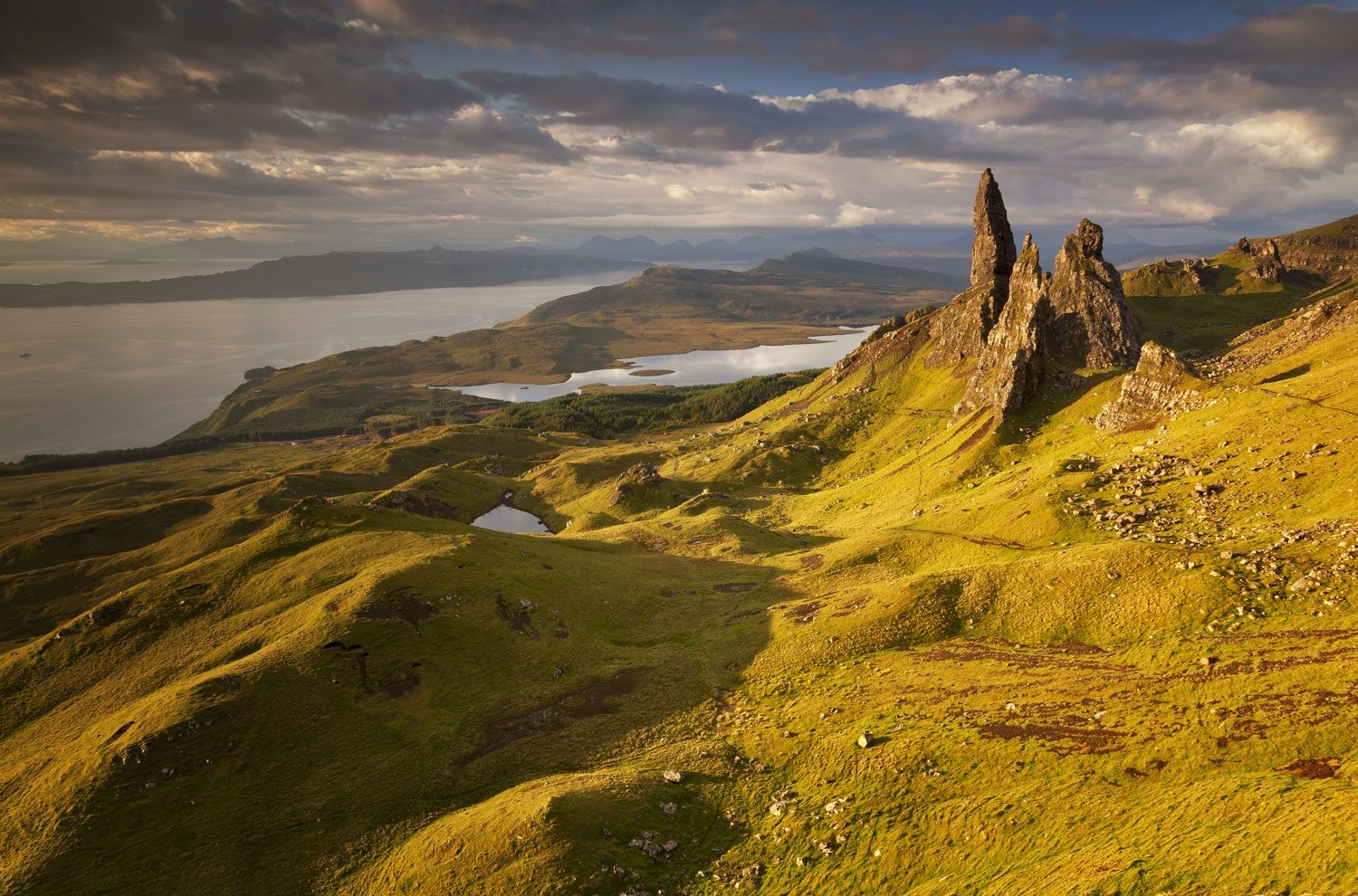
The mist, mountains, rock and heather, combined with long summer evenings concoct a melancholic and mystical ambience unique only to Scotland’s vast Northern Highlands and the Western Isles. The region has a timeless grandeur with precipitous cliffs, pristine beaches and rocky mountains adding to its surreal and romantic appeal.
The well-preserved Eilean Donan Castle is the gateway to the Isle of Skye, known for the brooding Cuillin Mountains and the revolutionary maverick Scotsman, Bonny Prince Charlie.
Other interesting places are the Jurassic era sites, prehistoric ruins, castles and abandoned crofts.
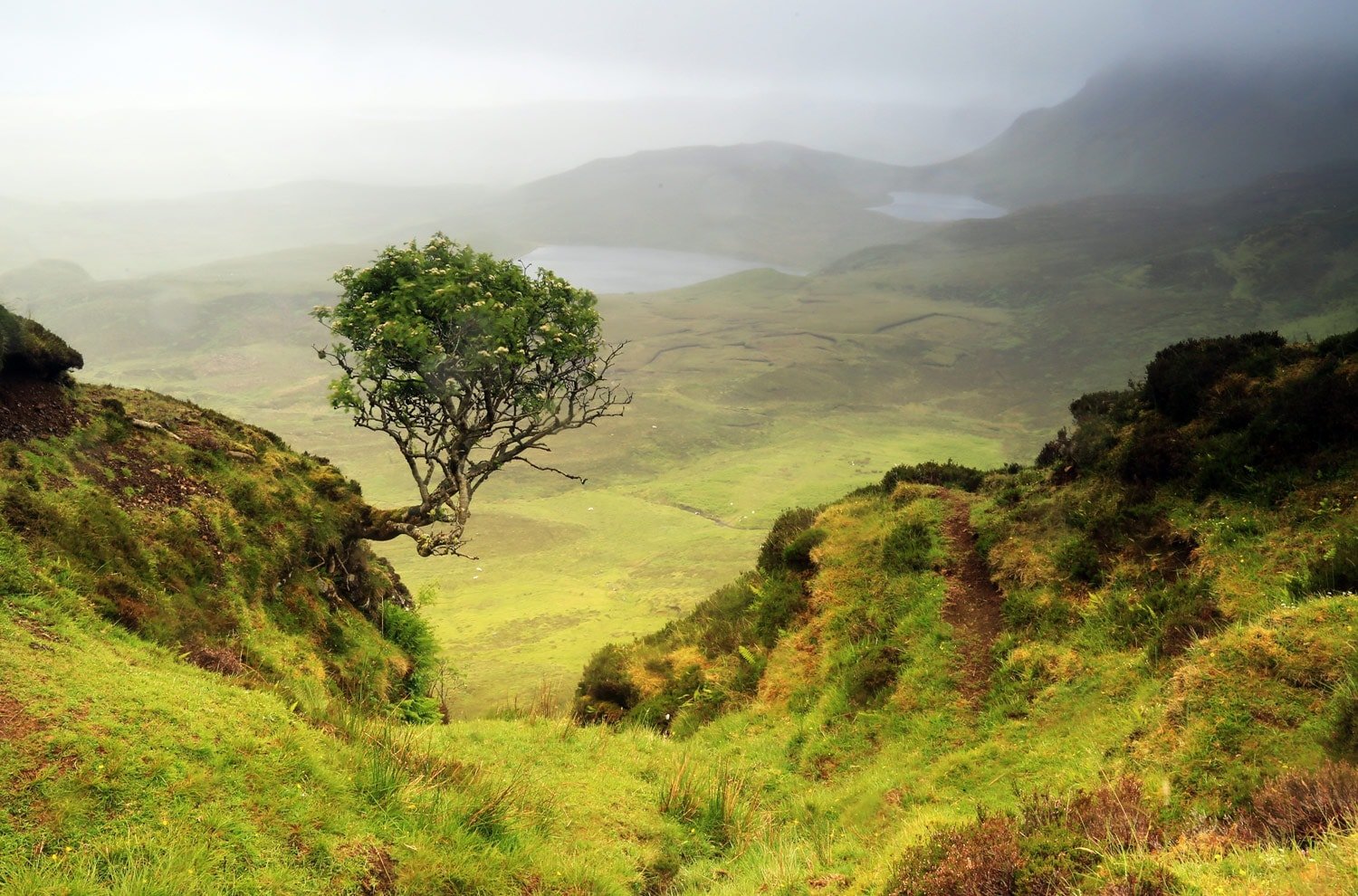

Sutherland once belonged to the Vikings and it was their southernmost outpost. Some names still reflect their Viking antecedents. Cape Wrath is from the Viking word ‘hvarth’ which means ‘turning point’. ‘Suilven’ means ‘pillar’. The Isle of Skye and the Outer Hebrides are located toward the west and are the citadels of Gaelic language.
The contrasting terrain with its southern lush valleys and the northern rugged girdle of the Cuillin Mountains and the steep cliffs, makes Isle of Skye a miniature Scotland. The golden sands of Luskentyre of Isle of Harris, is just a ferry journey away. Prehistoric sites including the lunar-aligned Calanais Standing Stones, Dun Carloway (circular tower of the Iron Age) and a slanting lighthouse, can all be seen in Isle of Lewis, in the north.
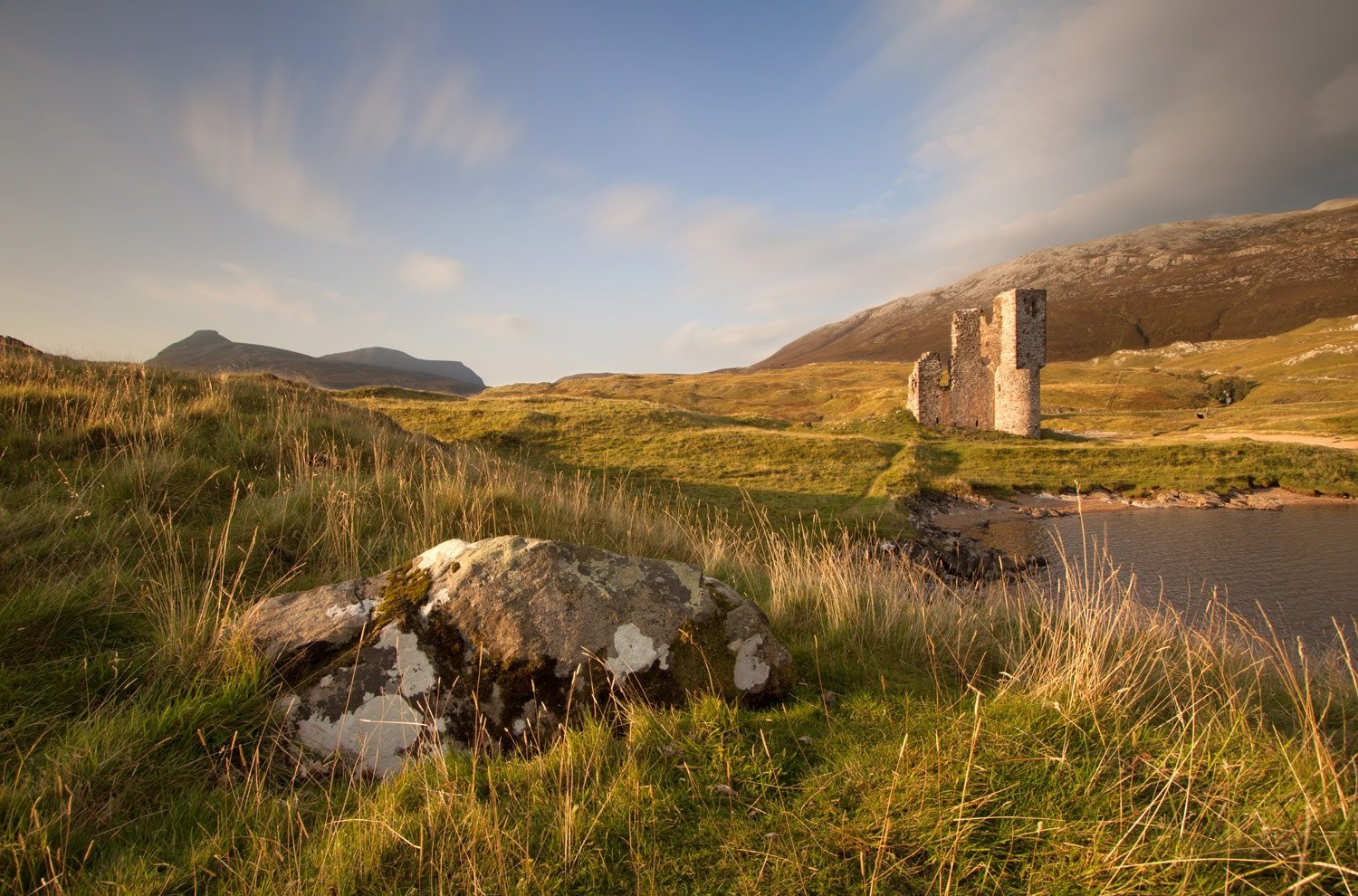
Top Reasons To Go

Seafood: Bracadale crab, Dunvegan Bay langoustines and Sconser king scallops are fresh seafood you can sample, besides smoked salmon, lobster and oysters.
Coastal walks
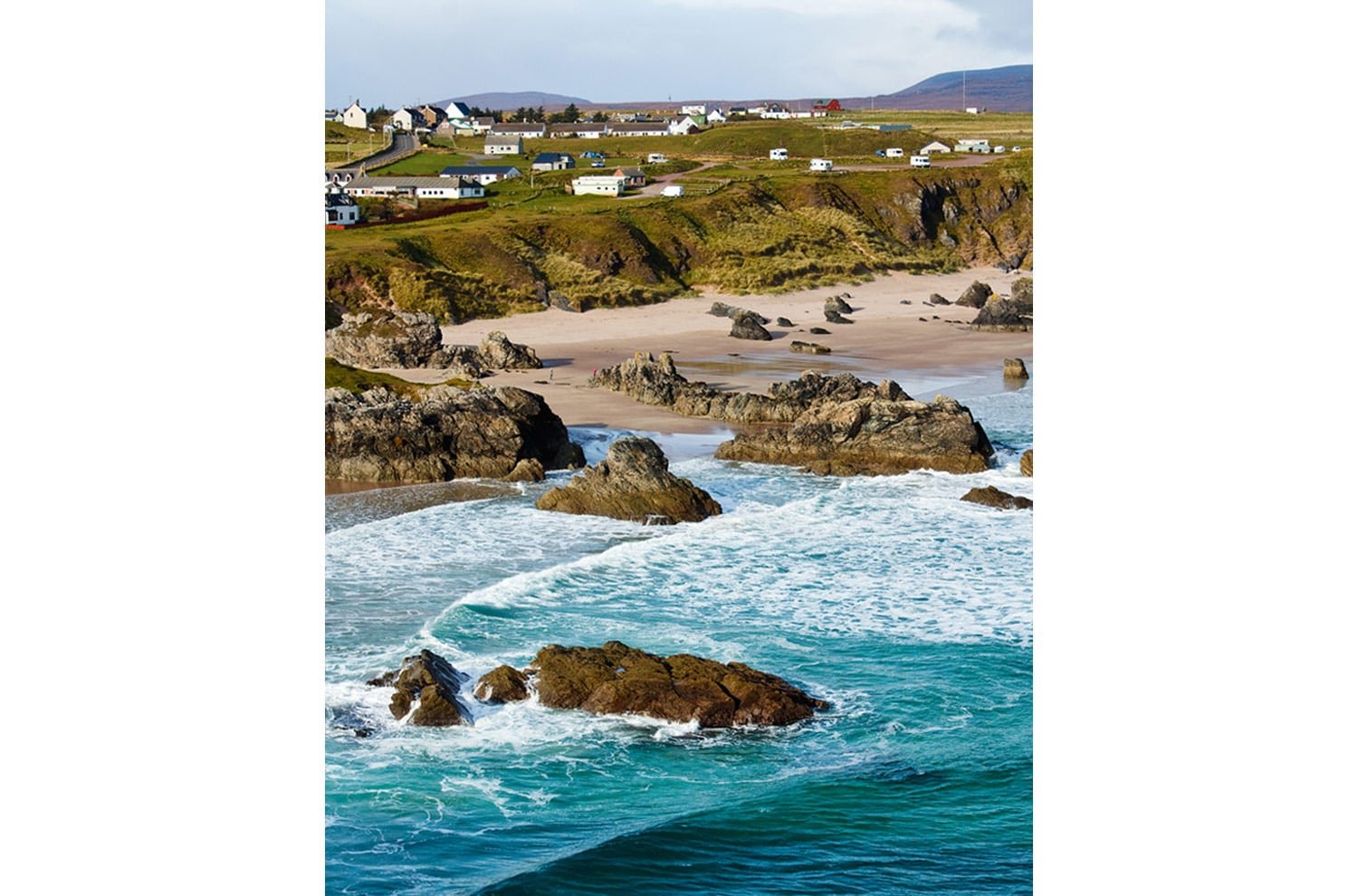
The islands of Lewis, Harris and Uists offer the best places in Britain for coastal walks. Giant waves crash against the rocks on the vast expanse of golden sand, in a beautiful contrast to the blue bays.
Wildlife viewing

The boating to the Handa Island bird reserve, off Scourie, is not to be missed.
Single track roads
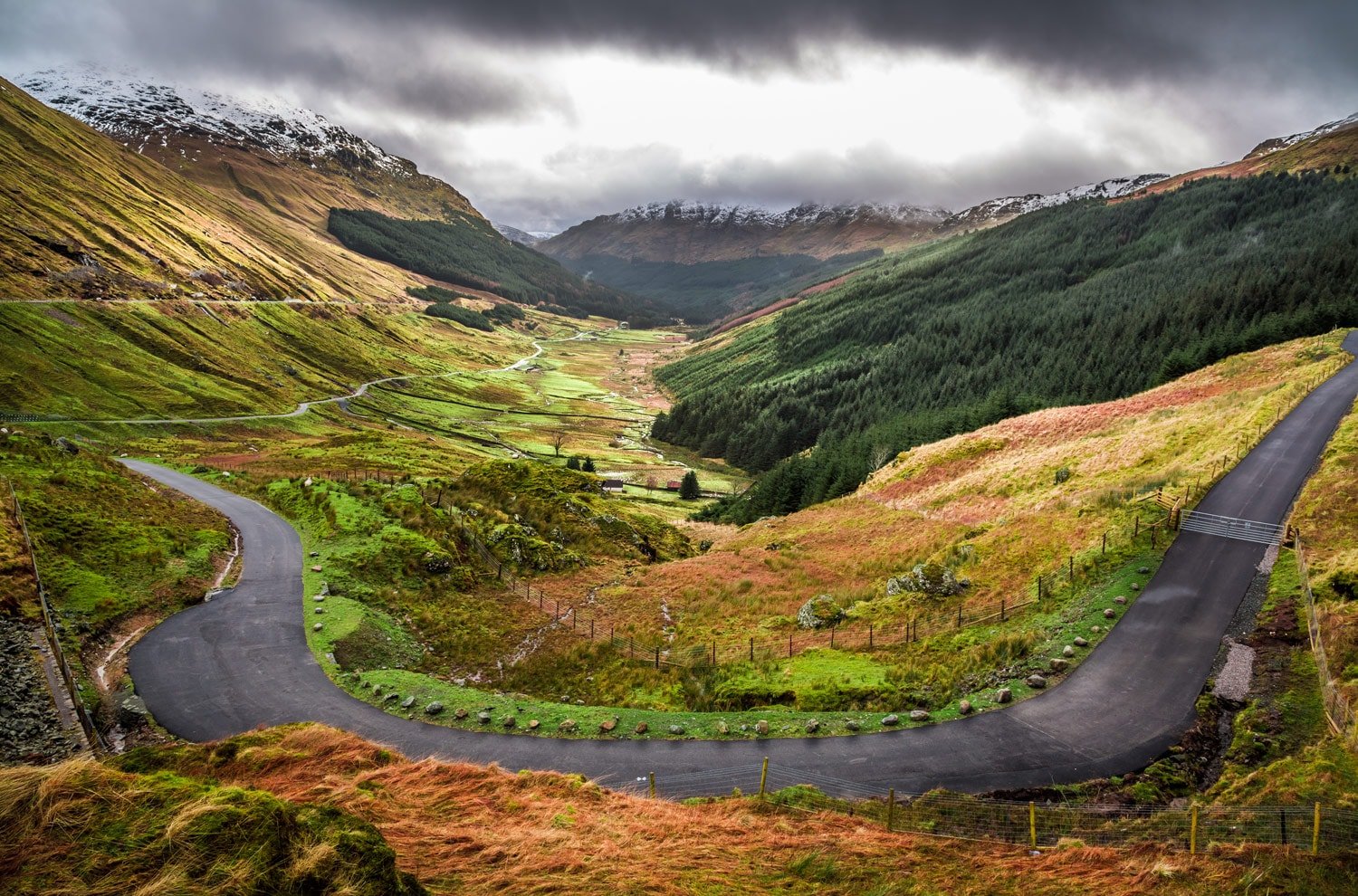
Isle of Skye
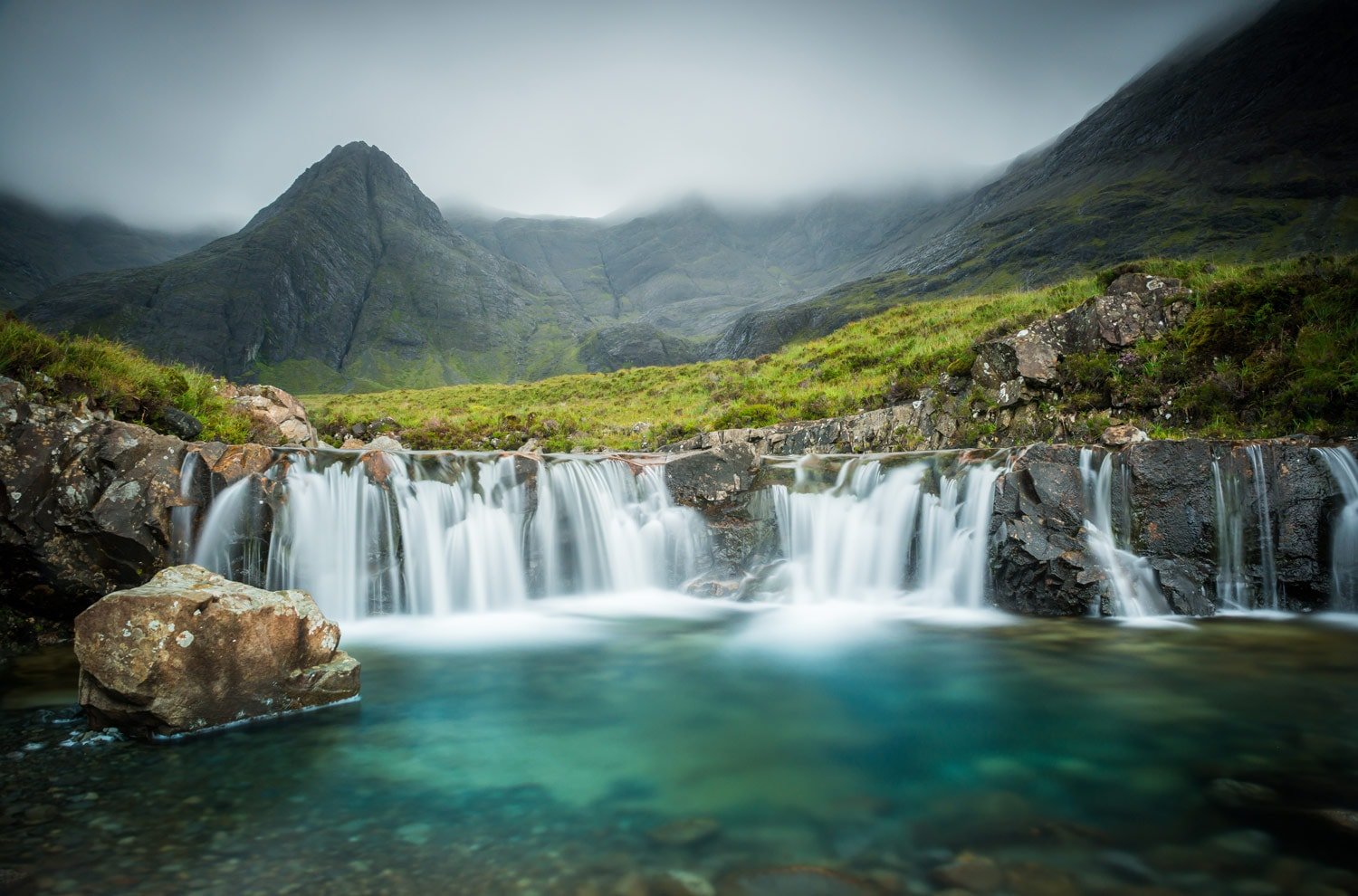
The Isle of Skye has taken its name from the Old Norse sky, meaning ‘cloud island’. It is a Viking reference to the mist enshrouded Cuillin hills. Being the second-largest of Scotland’s islands, the Isle of Skye is a 50-mile-long amalgam of velvet moors, sparkling lochs, sea cliffs and rugged mountains. Visitors can enjoy the spectacular scenery on a clear sky. But when the mist falls, there are other things to enjoy, like the castles, crofting museums and cosy pubs and restaurants, and several art galleries and studios.
Skye is one of Scotland’s top three favourite destinations for travellers besides Edinburgh and Loch Ness. Though Portree, Dunvegan and Trotternish are the most frequented places on the island, it pays to seek the farther corners of the island that grant peace and solitude. It is advised that visitors come prepared for the ever changing weather.
Destitution Road
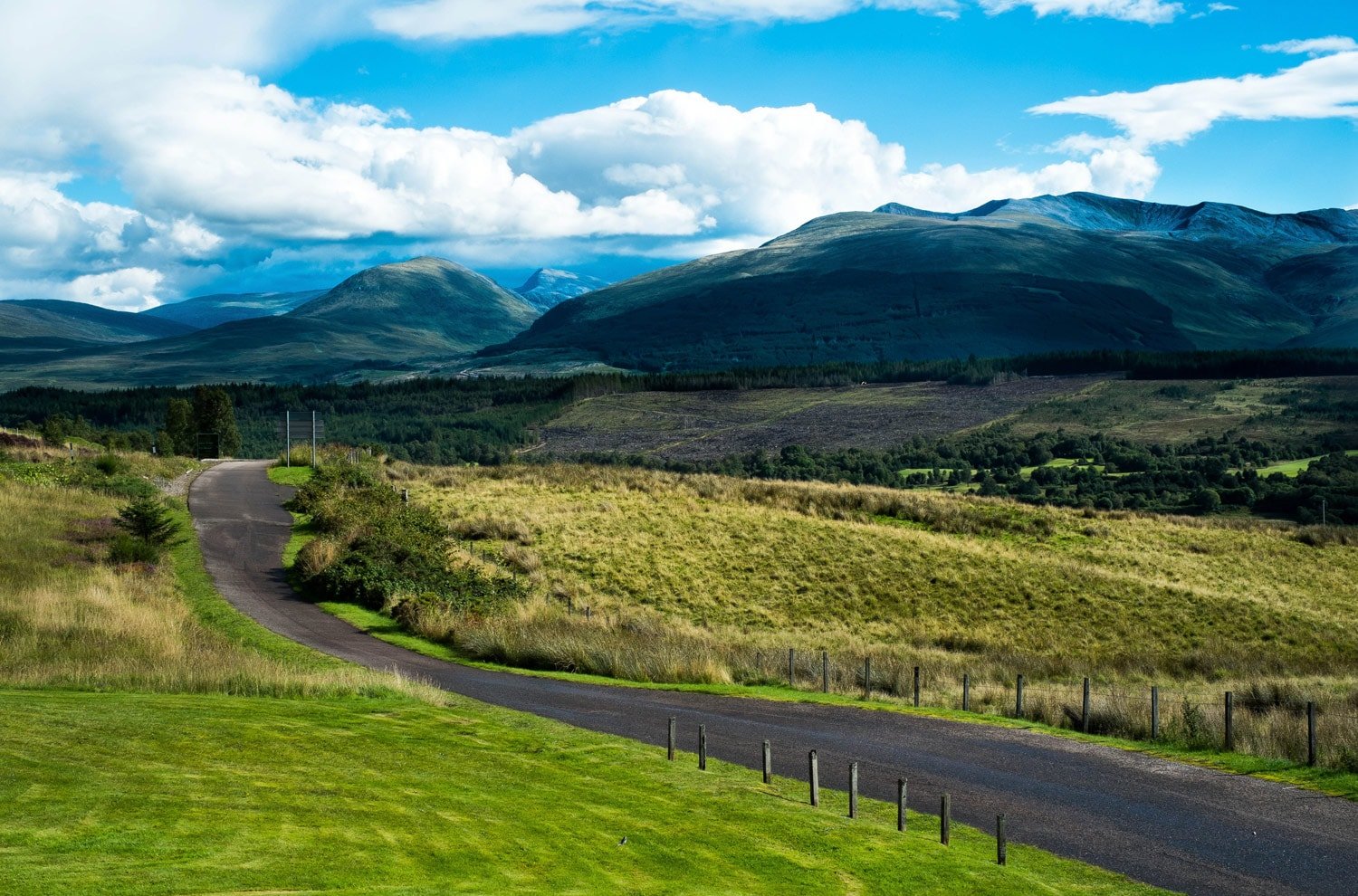
Views of the Gruinard Bay, the white beaches and the woodlands around the Dundonnell and Loch Broom can be enjoyed on the road between Gairloch and Corrieshalloch Gorge that heads north initially. Gradually the An Teallach (tyel-lack) mountain looms into sight. The road traverses through Destitution Road, A832, which joins A835 for Inverness.
Dunvegan Castle
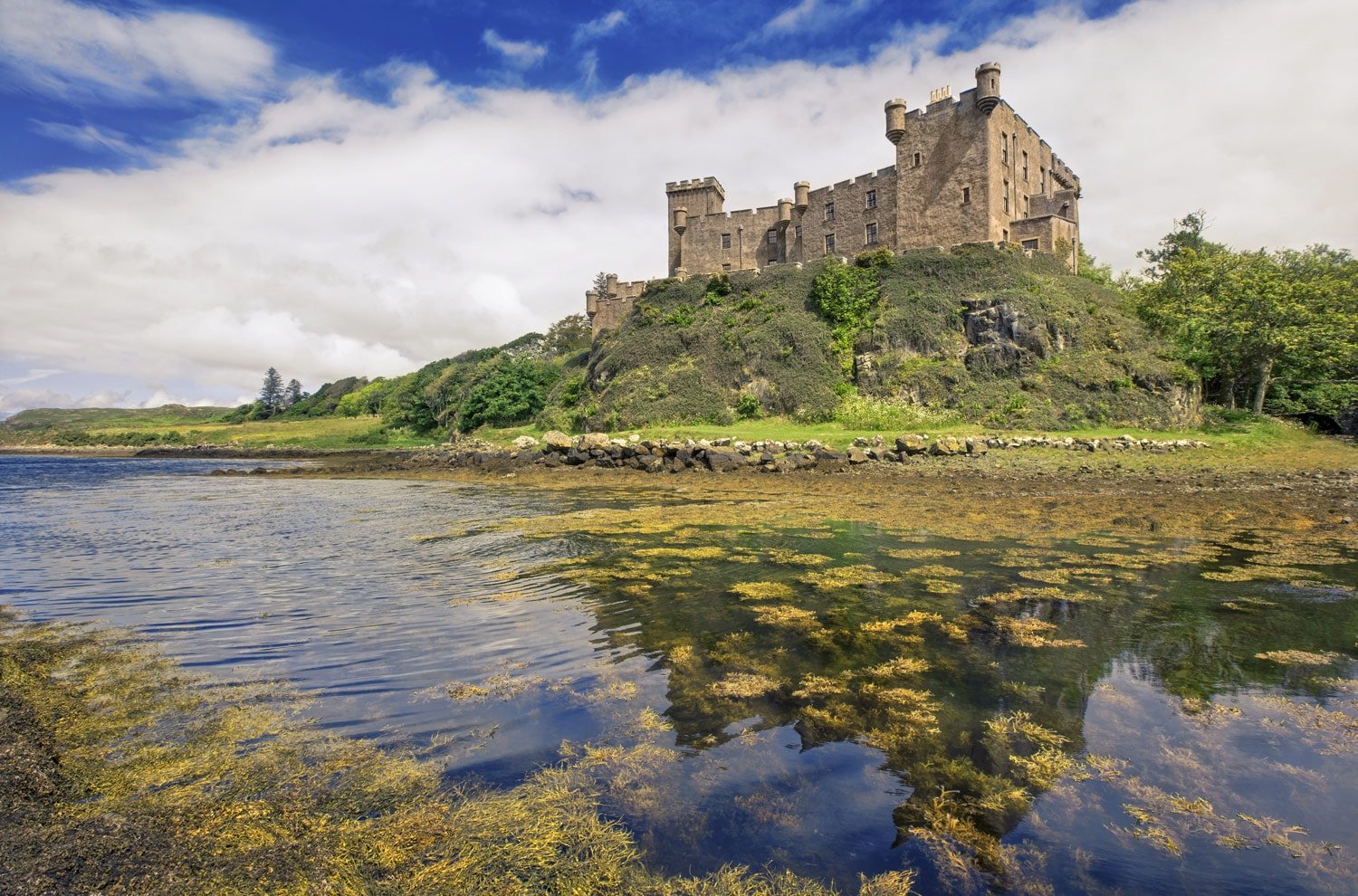
ELIEAN DONAN CASTLE

The Eilean Donan castle guards the confluence of lochs, Long, Alsh and Duich. Standing tall on an islet that connects to the mainland by a stone-arched bridge, the castle dates back to the 14th century. The majestic stone walls, timber ceilings and the winding stairs enhance the magnificence of the castle. After the Royal Navy bombarded the castle with its frigates during an abortive Spanish Jacobite landing in 1719, it was rebuilt from ruins in the early 20th century, after years of neglect. You are transported to a bygone era by the kitchen re-creation of a busy scene before a grand banquet. The process of how the castle was transformed into a grand house is shown in the upper floors. Besides having appeared in many Hollywood movies and TV shows, Eilean Donan castle is also plastered across several travel brochures.
THE CENTRAL HIGHLANDS

BLAIR CASTLE

Blair Castle has a war-torn past and is one of Scotland’s highly rated sights. Successive dukes of Atholl and their families, the Murrays, made the turreted white castle their home, until the 10th duke’s demise. A preserved piece of floor still bears the marks of the shot fired through the roof during the 1745 Jacobite rebellion. It was the last occasion of a Scottish castle under siege. Besides military artefacts, which came from the Duke’s private army, Atholl Highlanders, there is also a rich collection of furniture, china and paintings.
BANNOCKBURN HERITAGE CENTRE
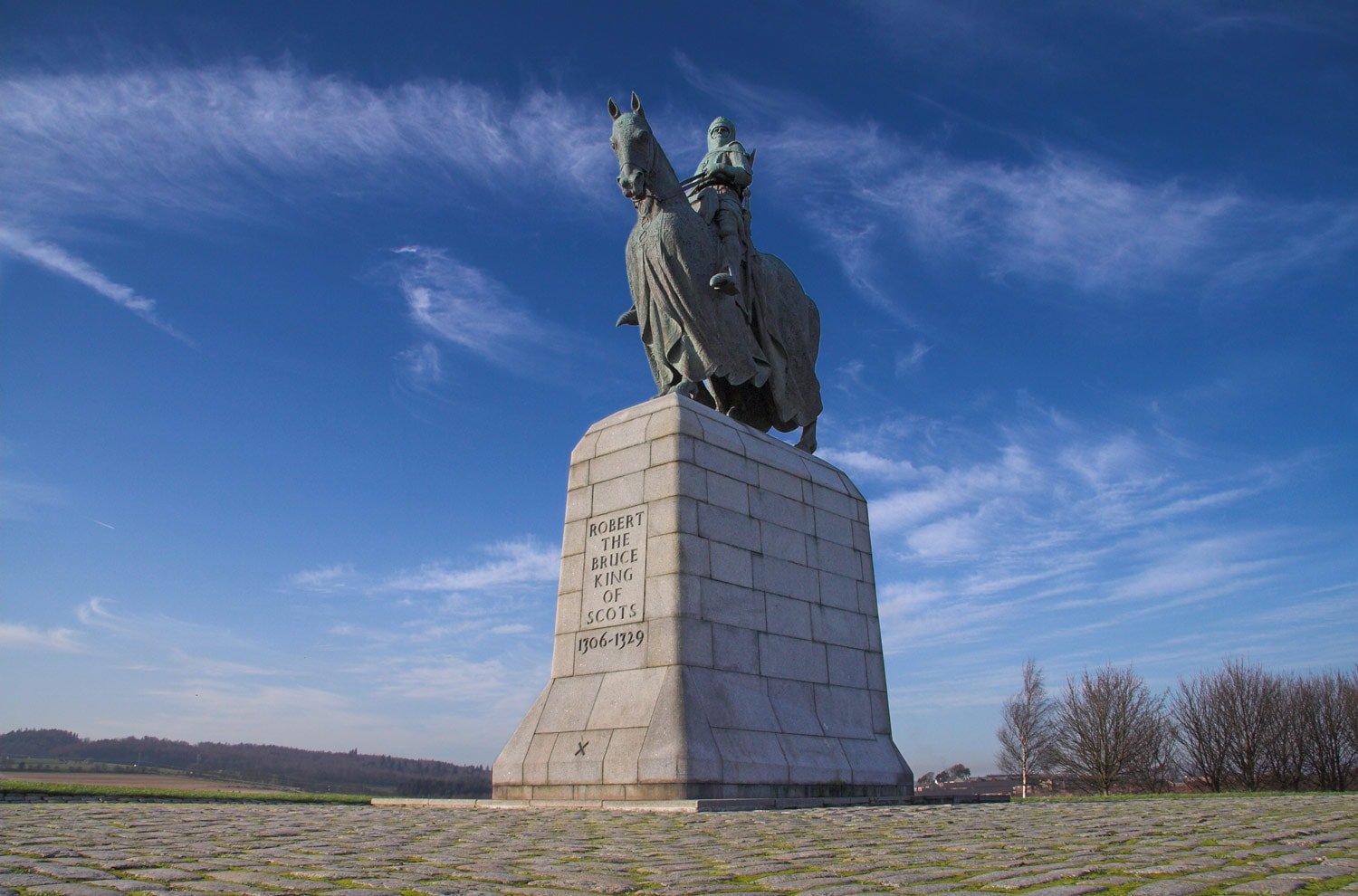
This museum was opened in 2014. It uses cutting-edge technology to re-create an interactive experience for you to take part in one of Scotland’s greatest battles, where Robert the Bruce defeated King Edward II at Bannockburn in 1314. The Bannockburn heritage centre is beautifully designed. It celebrates the strategy of Robert the Bruce who chose this site for its boggy ground that would impede the English horses. The surrounding fields were the battlefield. The sights and sounds of that medieval encounter are re-created for the visitors, through interactive displays. A poem by Kathleen Jamie caps the circular monument that stands outside.
STIRLING CASTE
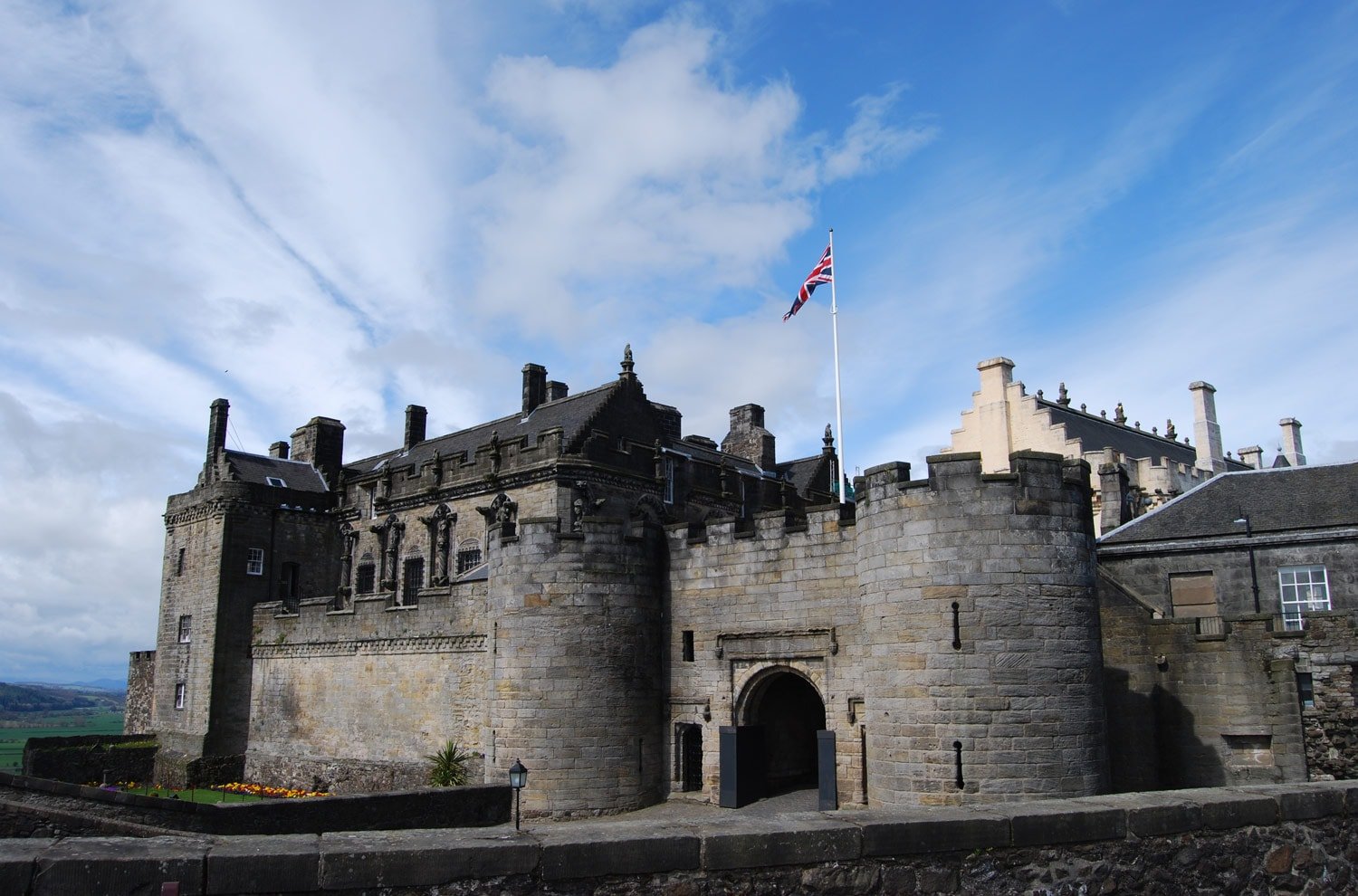
Many of the works that survive within the castle today are because of the Stewarts. They made this castle their court and power base and created fine Renaissance-style buildings. These were not entirely destroyed even when reconstructed for military purposes.
LOCH KATHRINE
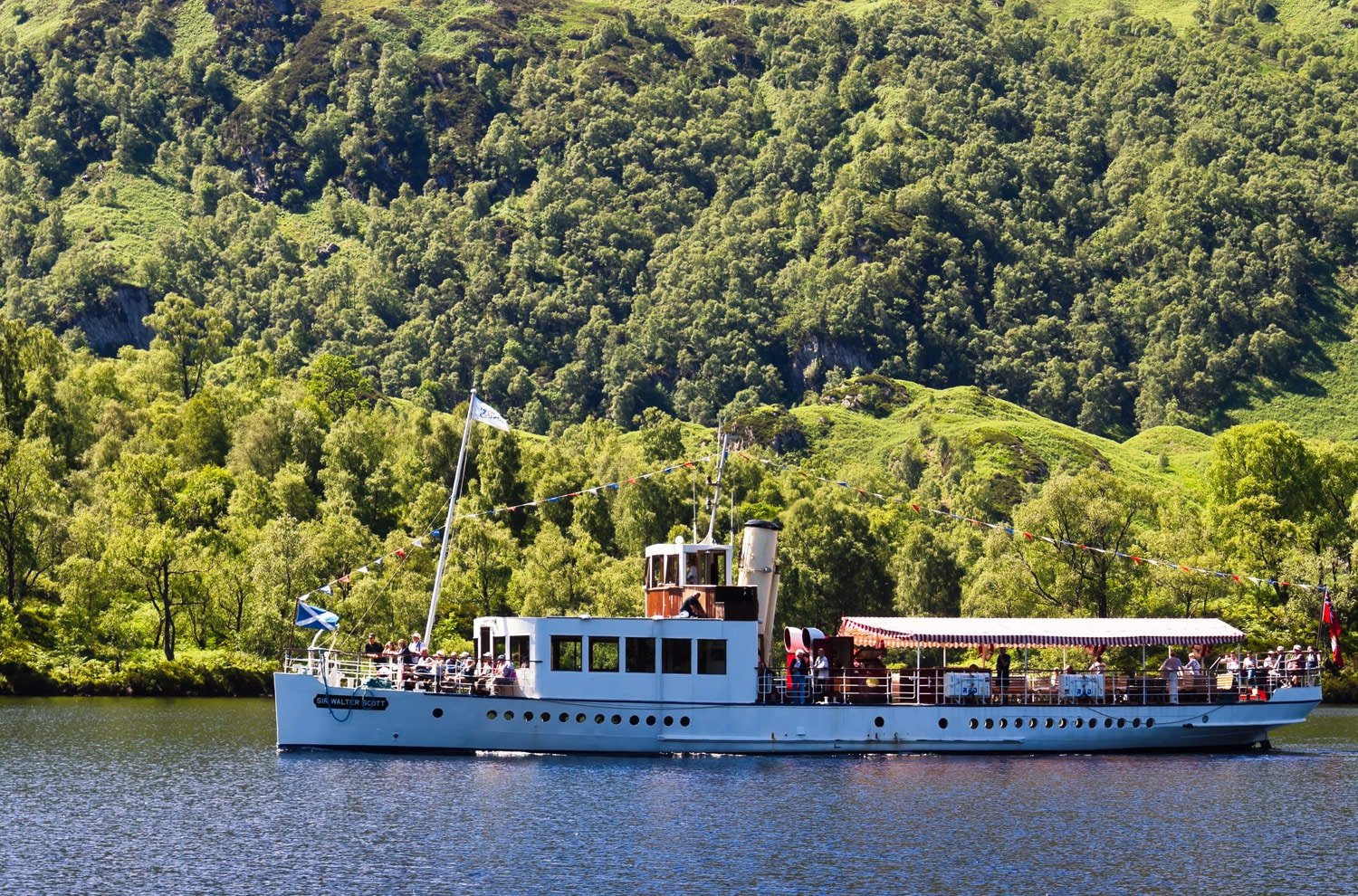
SCONE PALACE

The kings and queens of Scotland sat on the Stone of Scone for their coronation. It was seized in 1296 by Edward II of England, Scotland’s greatest enemy, who placed the Scone underneath the coronation chair at Westminster Abbey in London, where the kings and queens of England were coronated, the latest being Queen Elizabeth II in 1953.
In November 1996, the stone was returned to Scotland as a goodwill gesture and is on view in the Edinburgh castle. Some Scots believe that King Edward was fooled with a substitution for the real stone that lies hidden, awaiting Scotland’s independence.
LOCH LOMOND
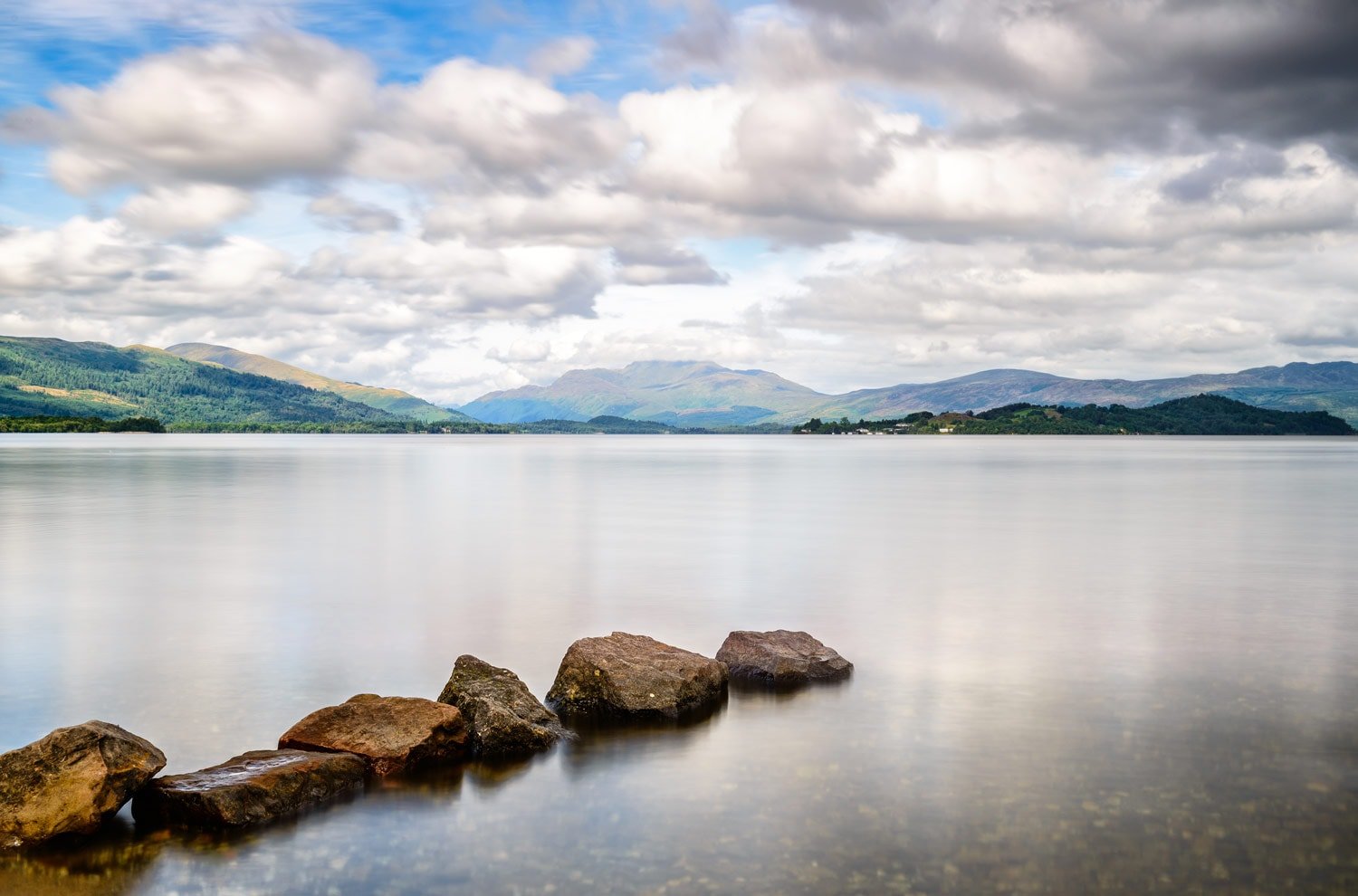
INCHMAHOME
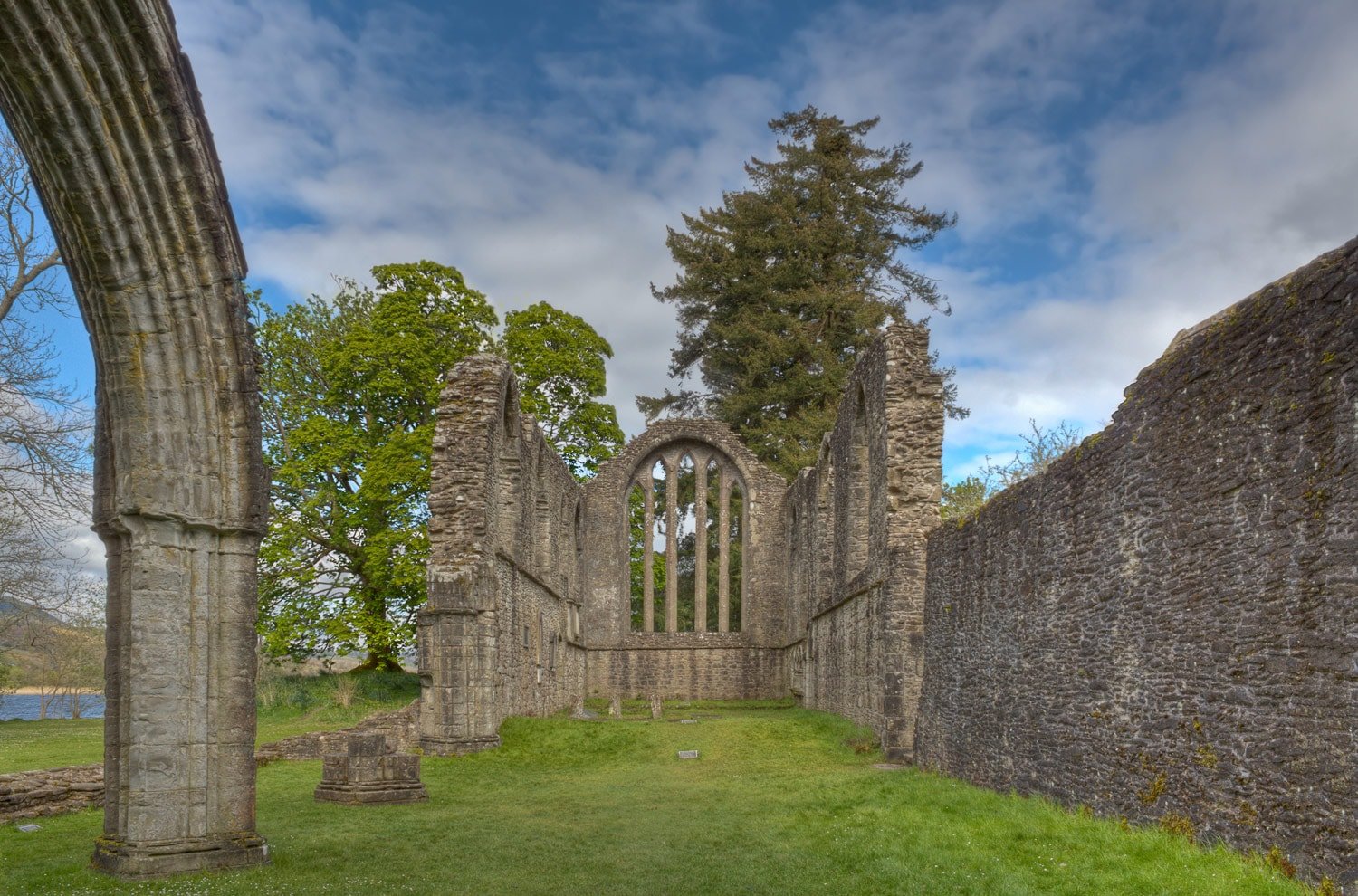
On the lake of Menteith is a lovely picnic place, the tiny island of Inchmahome, which also consists of a ruined priory. The young queen of Scots, Mary, took refuge here in 1547. A ferry takes passengers to and from island, between April and September. The island is now owned by the National Trust for Scotland. Take the A81 to the B8034, to get here. The ferry jetty is just beyond Port of Monteith. If there is no boat in sight, turn the board to let its white side face the island and that will bring the boat to you.
Loch Ness

Highland Whisky
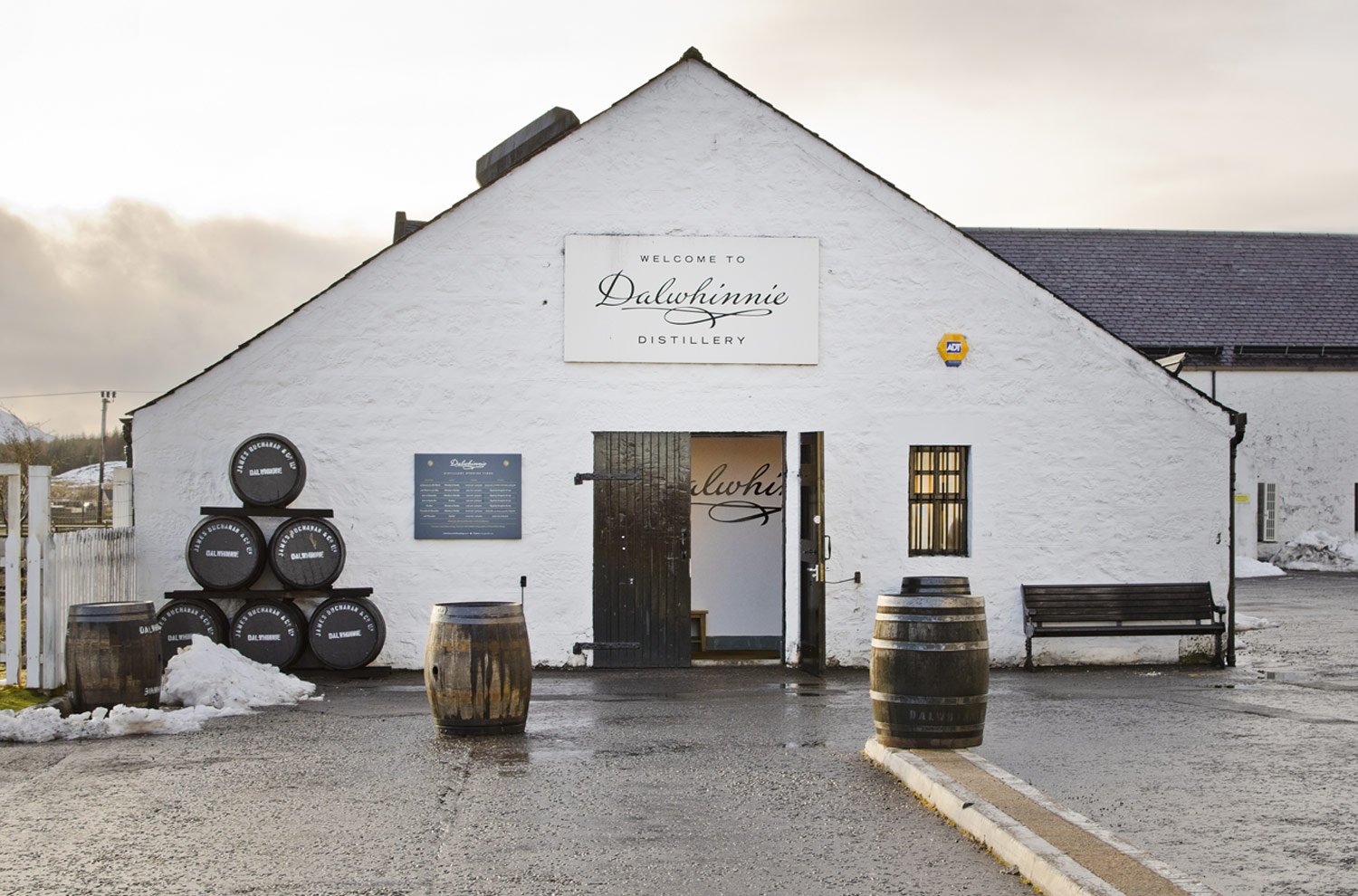
Most single malt whiskies are distilled and bottled in the Highlands. Speyside region alone produces more than 50% of all the Scotch malt whiskies. The large area of the Highlands makes the variety of criteria that shape the character of a single malt, possible. Due to the variety of micro climates of Scotland, it is difficult to identify the Highland malt, pinning a specific characteristic to it.
Today, any distillery makes any type of whisky. There are five other districts beside the central Speyside area in the heart of the Highlands. The Orkney, Skye, Mull and Jura islands are all part of the Highlands. Islay, a small island is an official region on its own.

